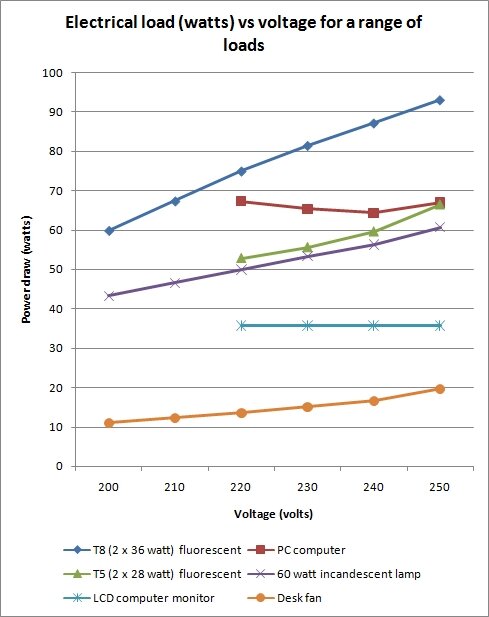Imagineering a better place
Wednesday, July 22nd, 2009Today I had the fortune to see Shai Agassi, founder of Better Place, talk about his vision for the electric car future. Shai calls himself an imaginer – “I imagine the future and engineer towards it”. His vision of an electric car future is elegant, simple, and achievable. Australia is a key part of his strategy to get the world to a tipping point which results in all cars becoming electric.
For electric cars to replace petrol cars they must be cheaper and more convenient. Yet the electric cars available now are more expensive and less convenient because of their short range and limited recharging options.
One of the keys to Shai’s vision is treating the battery – the single most expensive component in an electric vehicle – like gasoline. The battery becomes a consumable, not owned by the car owner. By taking out the battery its possible to make vehicles that are price competitive with gasoline vehicles.
A second key is the electricity grid, which is everywhere, and which he called “the longest extension lead in the world”. By extending the grid to having recharging points where cars are parked, vehicles can be charged whenever they are not in use. Better Place will be buying only wind or solar generated electricity for use in its vehicles.
A third key, for longer trips, is batteries that can be swapped over in a minute. The first prototype has just been built in Japan. So on a long trip (over 200kms) you pull into a battery station, change your battery, then keep going. It will take less time to change your battery than to fill your car for petrol. For a typical suburban vehicle typically there would be around 12 to 15 battery changes per year.
Paying per km you travel – for the electricity and battery amortisation – is still cheaper than the equivalent cost of petrol per km.
The result is:
- Cars that cost less to buy than fossil fuel powered vehicles; and
- Cars that cost less to run than fossil fuel powered vehicles.
Of course a large investment is needed to build the infrastructure – the recharging points and battery change stations. But if cars are cheaper, if they cost less to run, if petrol is only going to keep increasing in price, and if there is going to be continued regulation and incentive to reduce carbon emissions this is not a insurmountable hurdle.
Shai believes that the “tipping point” will be reached once three countries have proven the concept. Then the rest of the world is likely to follow – and follow quickly. The first country is Israel, which first supported the idea. Renault are investing one billion dollars in producing a electric vehicle, which will first be sold in Israel; they are aiming to sell 150,000 vehicles in the next few years. The second country is Denmark. And the third country is Australia, with Looksmart founder and former Victorian parliamentarian Evan Thornley heading up Better Place in Australia. Australia was chosen for a couple of reasons. First its big, unlike Israel and Denmark, and thus provides a demonstration that the technology is suited to big and small countries. Secondly we have large sprawling cities, involving a long suburb to city commute, not dissimilar to many North American cities. A third reason would be that we have a relatively small population of cars, so the net capital cost is relatively low. Shai also said that Australia has lots of Lithium, iron and phosphate, the components used in electric vehicle batteries.
With a country full of electric cars, each with large storage capacity, the intermittent nature of electricity generation from wind and solar can be overcome. When the wind blows and the sun shines batteries in parked cars everywhere will be charged. When its calm and cloudy cars can then feedback into the network. And we move towards the smart grid or distributed network.
The choice of Evan Thornley as Australian CEO is interesting. Clearly Better Place will need tremendous IT and communication infrastructure to communicate with vehicles and the smart grid and monitor battery condition and charge levels. Its hard to go past one of the people who was involved in driving widescale uptake of the internet as a leader.
This future is not that far away. Various governments around the world are now offering subsidies to those who purchase electric vehicles. And in Beijing gasoline cars will be progressively banned from the streets. By 2014 no fossil fuel powered vehicles will be allowed in Beijing.
Shai believes that within 10 years we could have three to four million drivers using electric vehicles in Australia.
Shai Agassi spoke at the inaugural 2009 Alfred Deakin eco-innovation lecture. These lectures will feature optimistic innovation driving a more sustainable world. Shai’s positive vision is a great inspiration and a fantastic way of kicking off the lectures.




